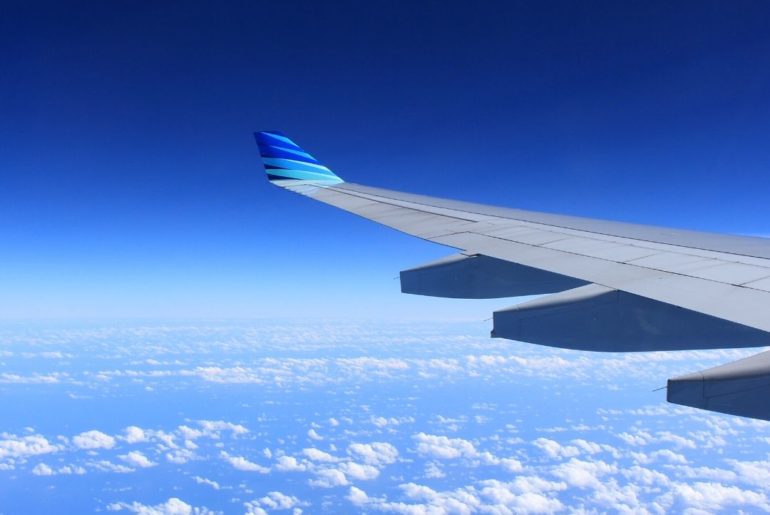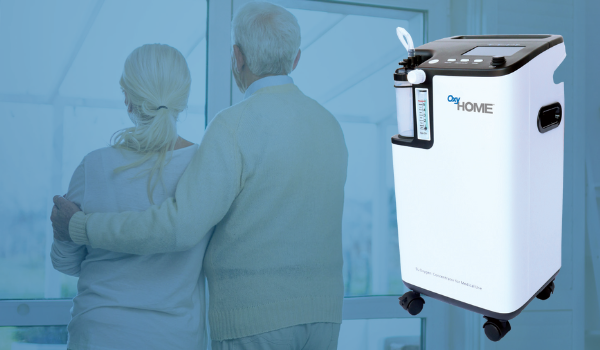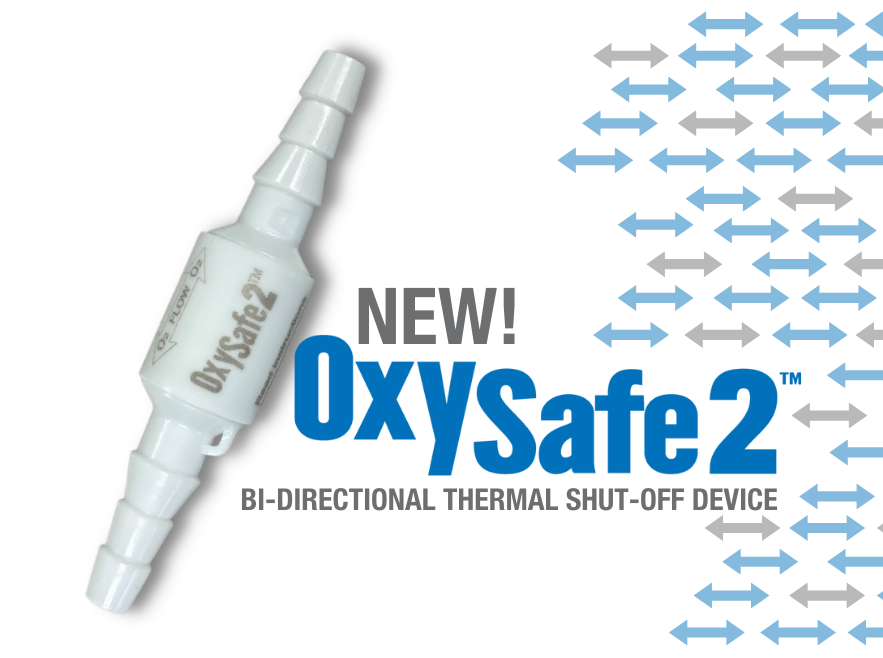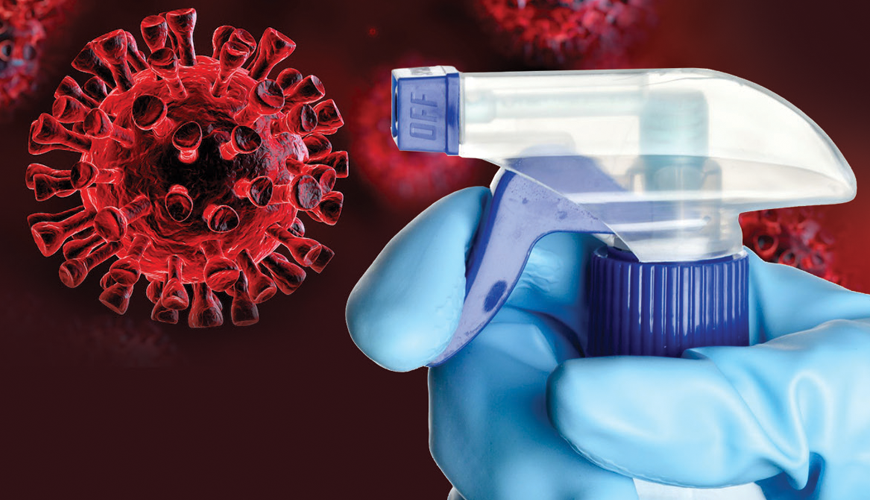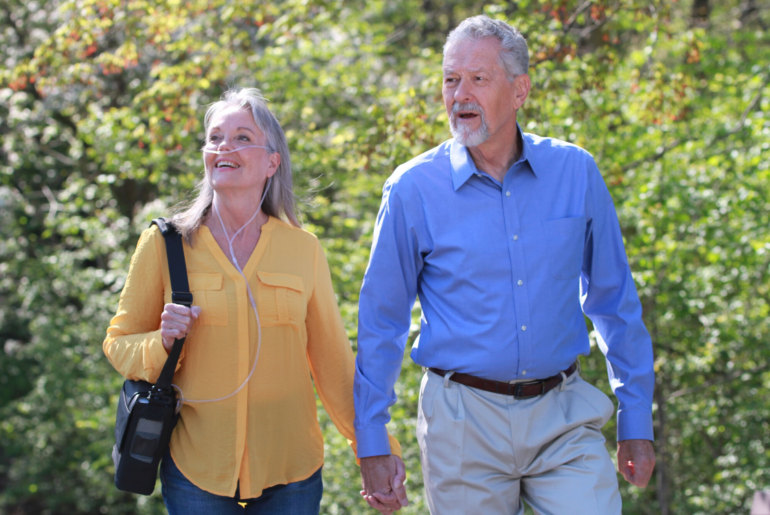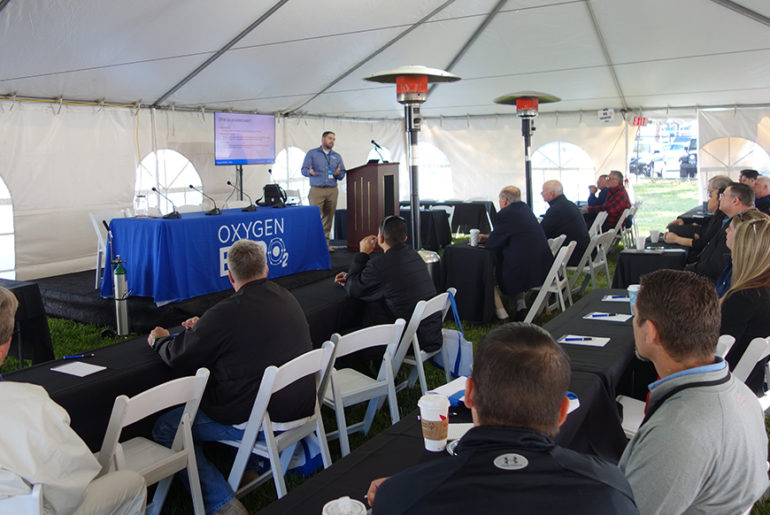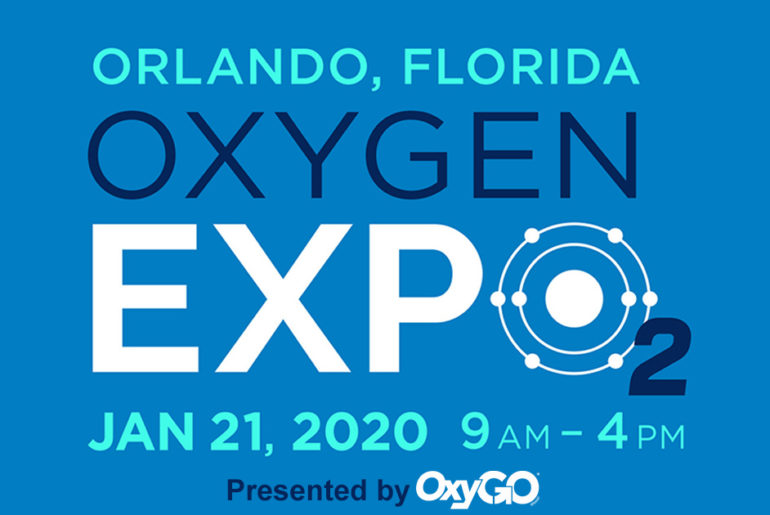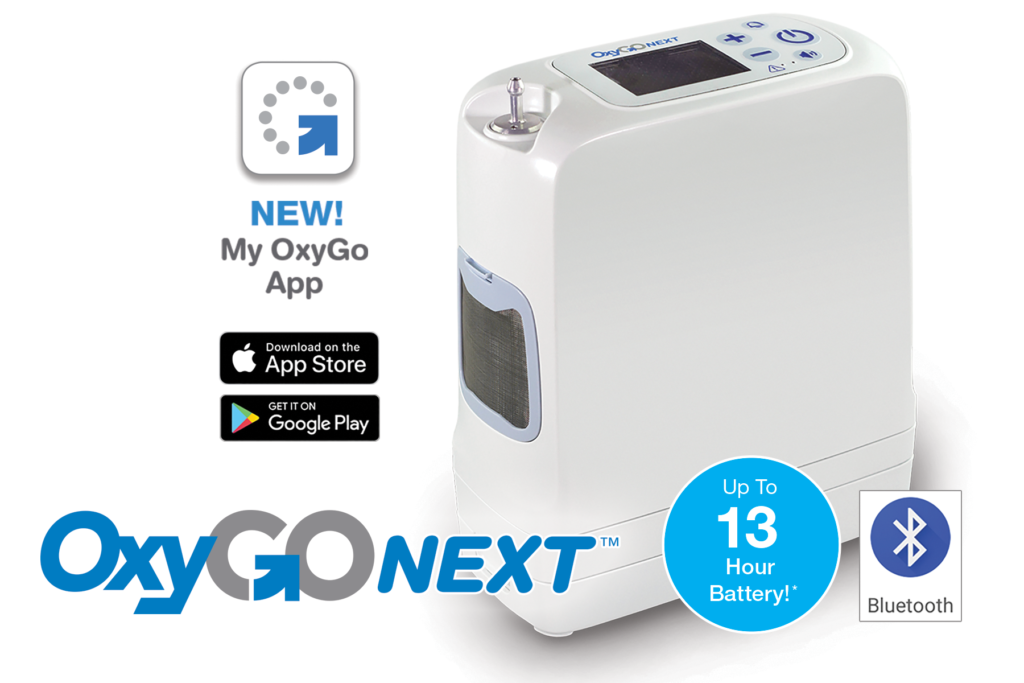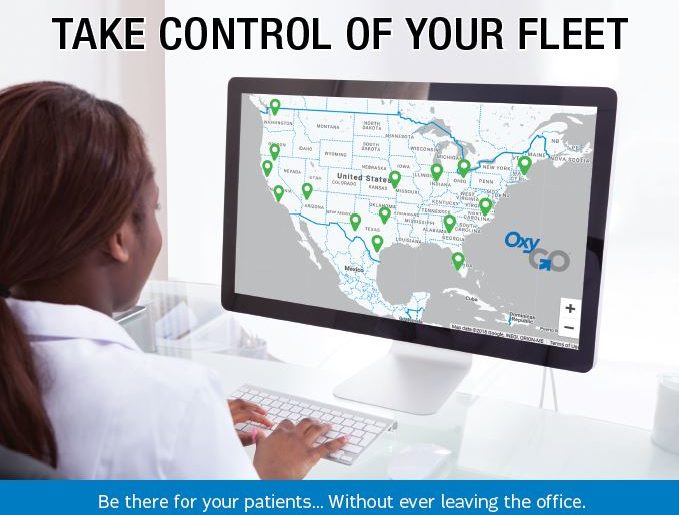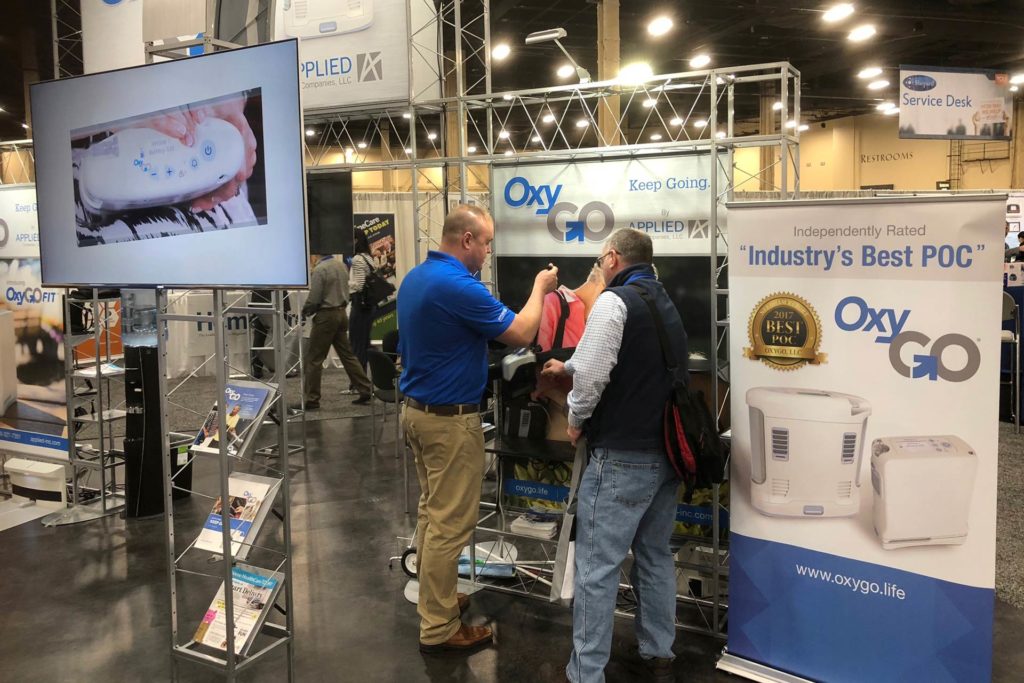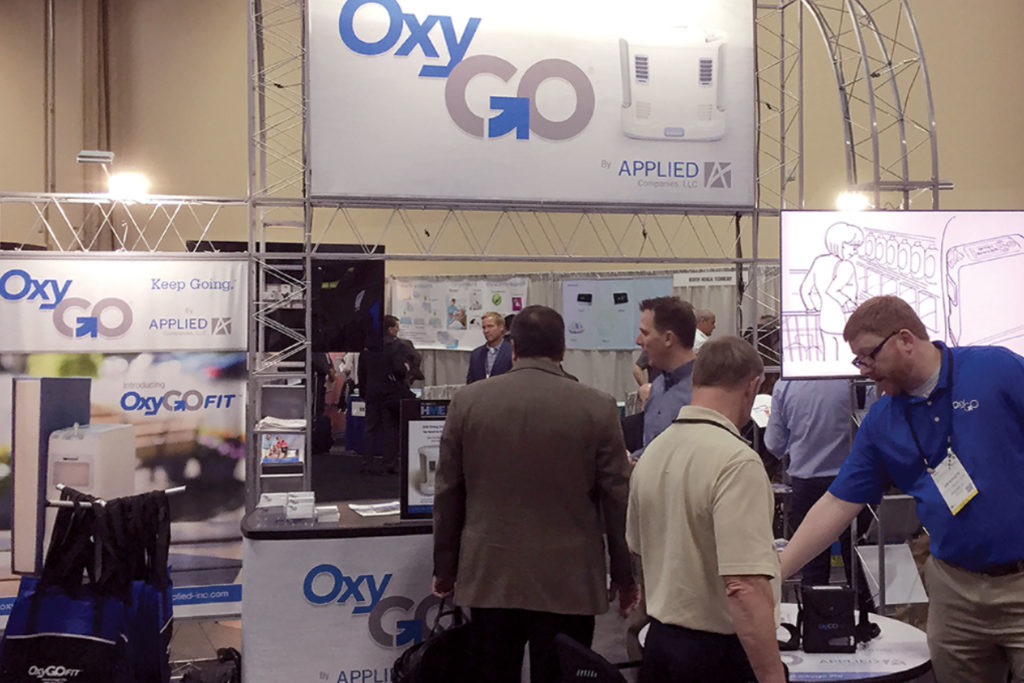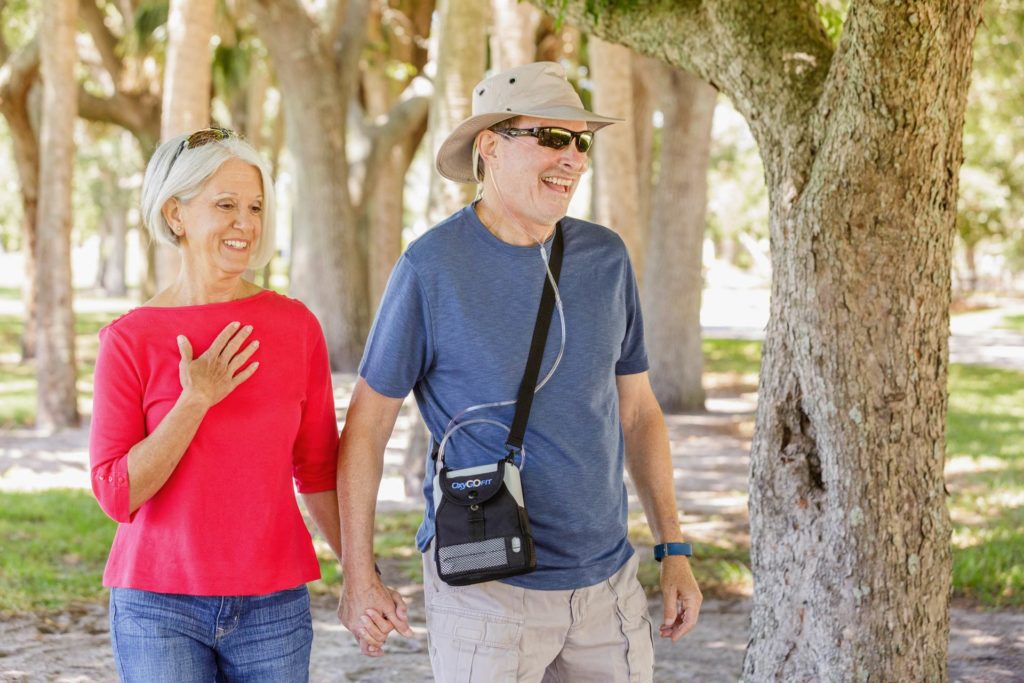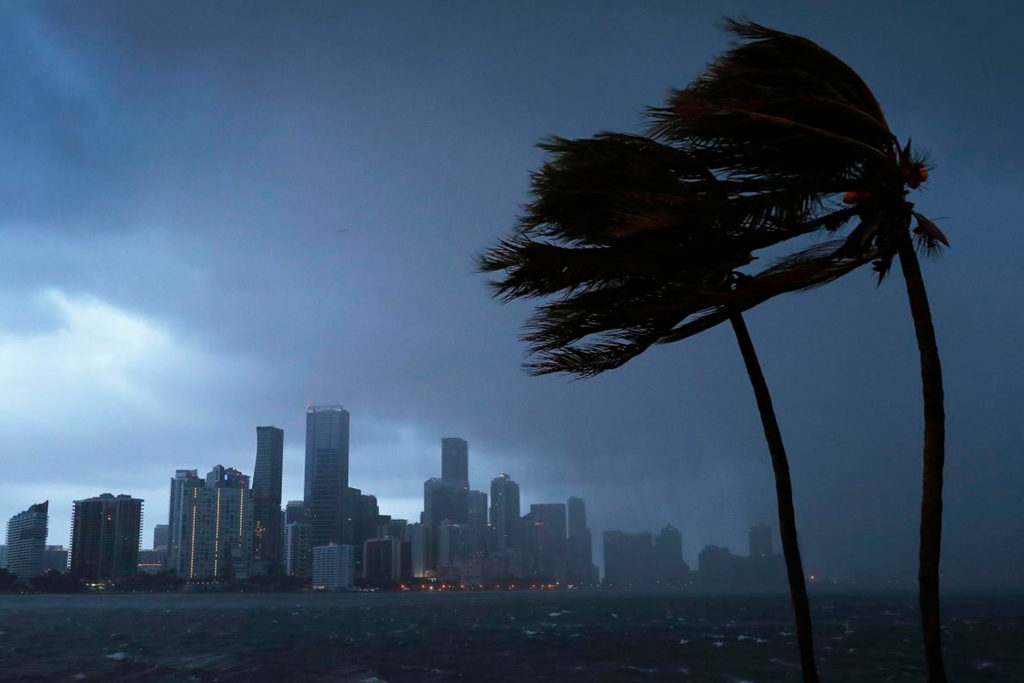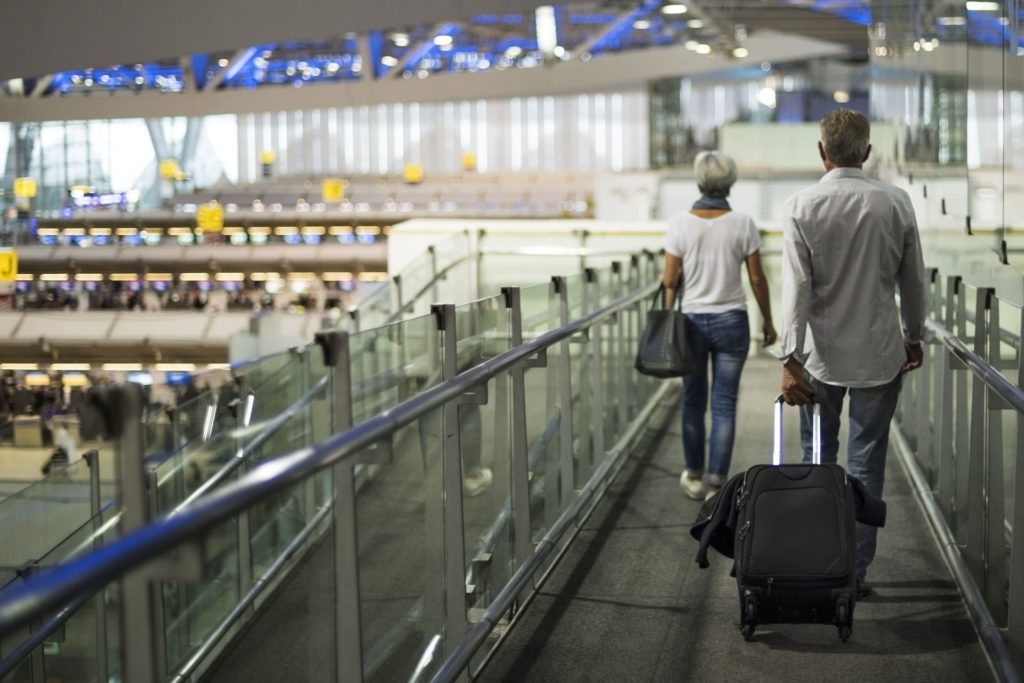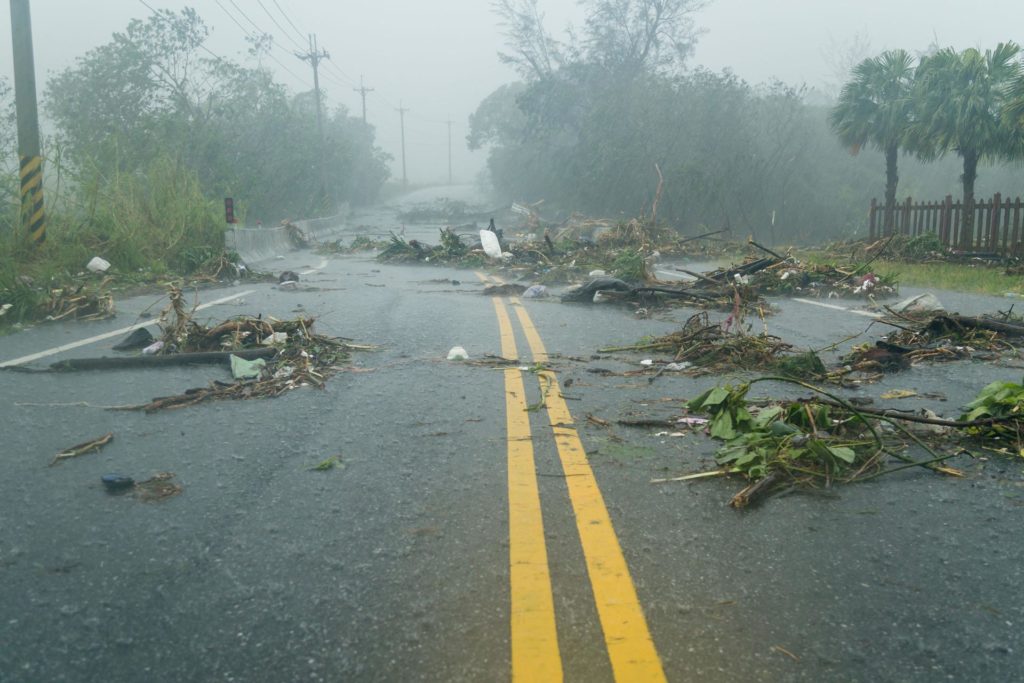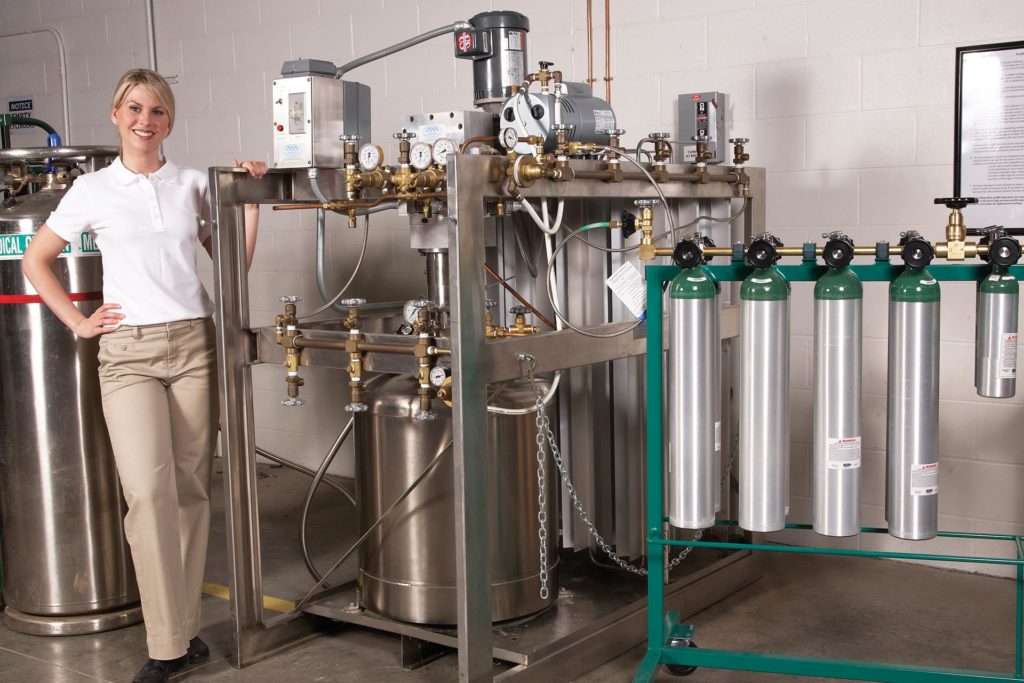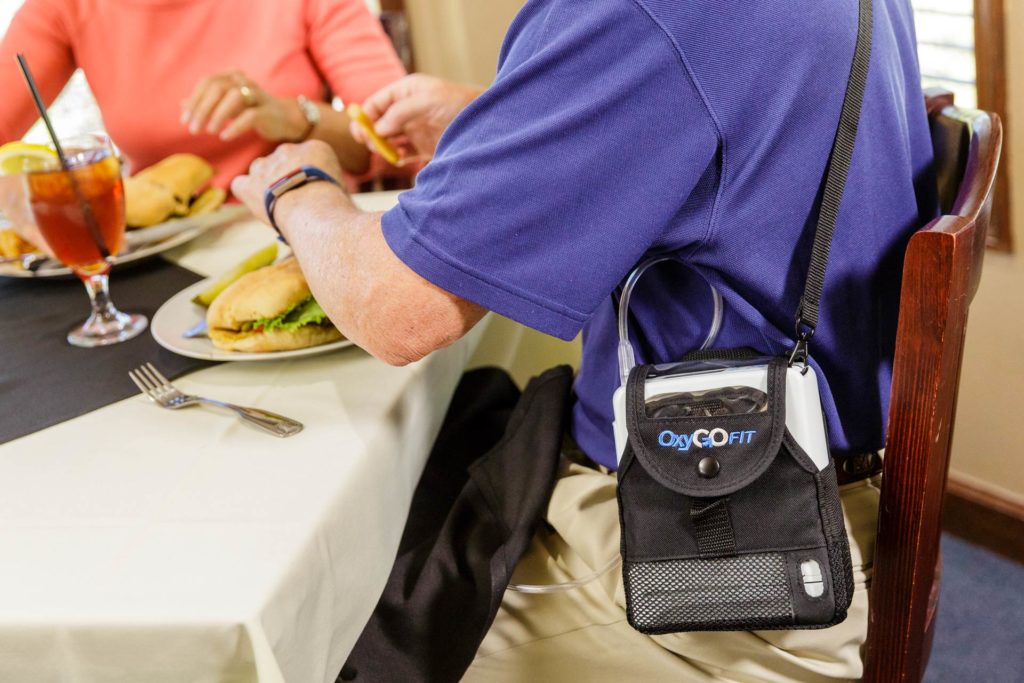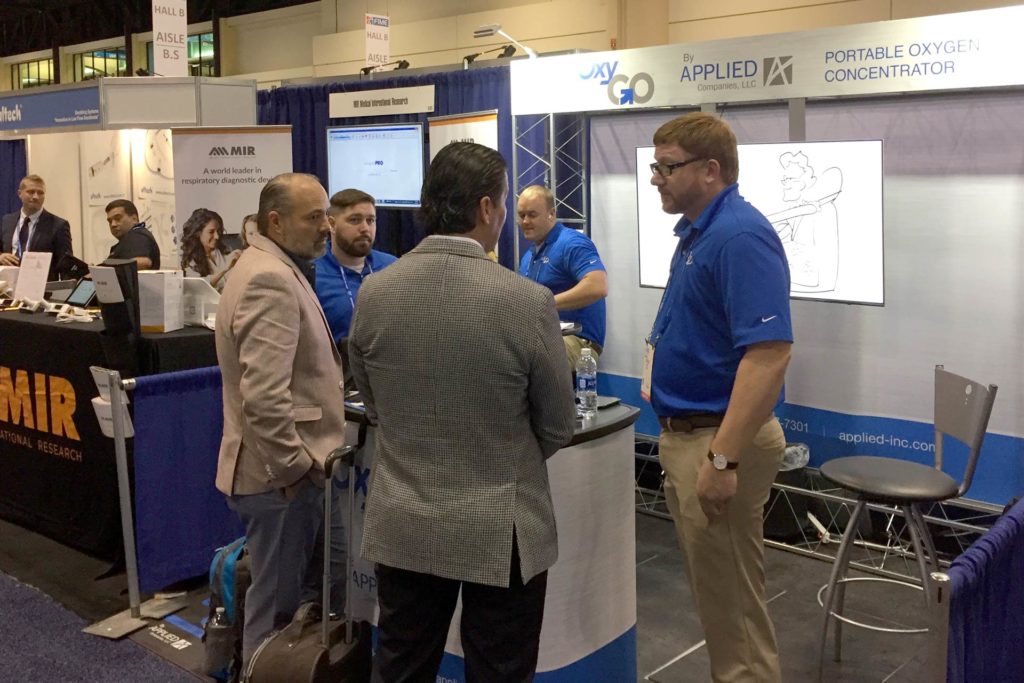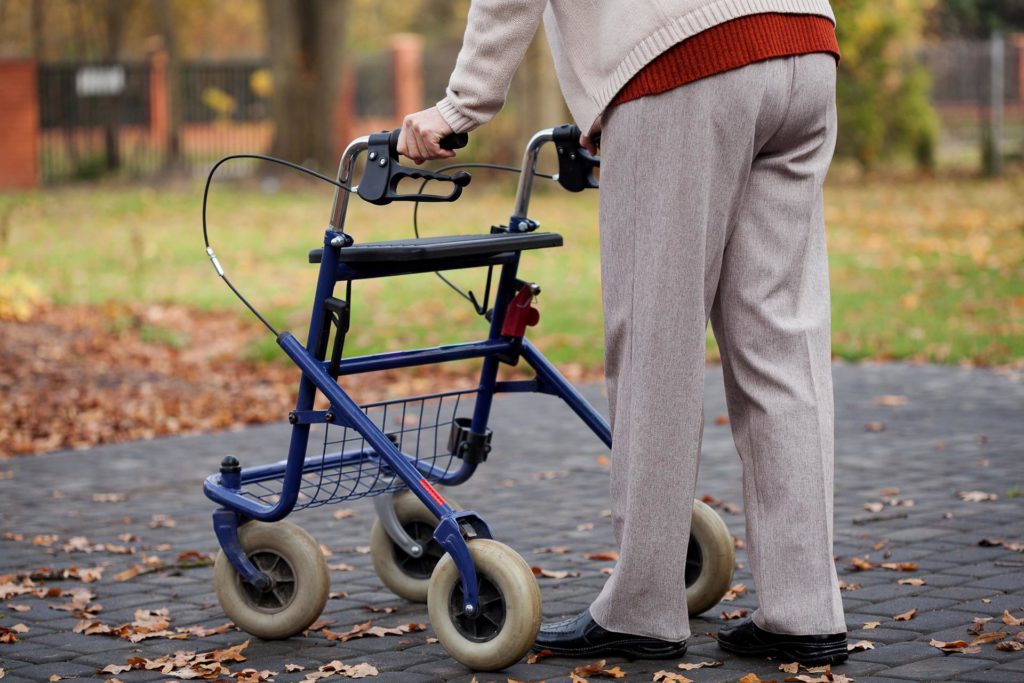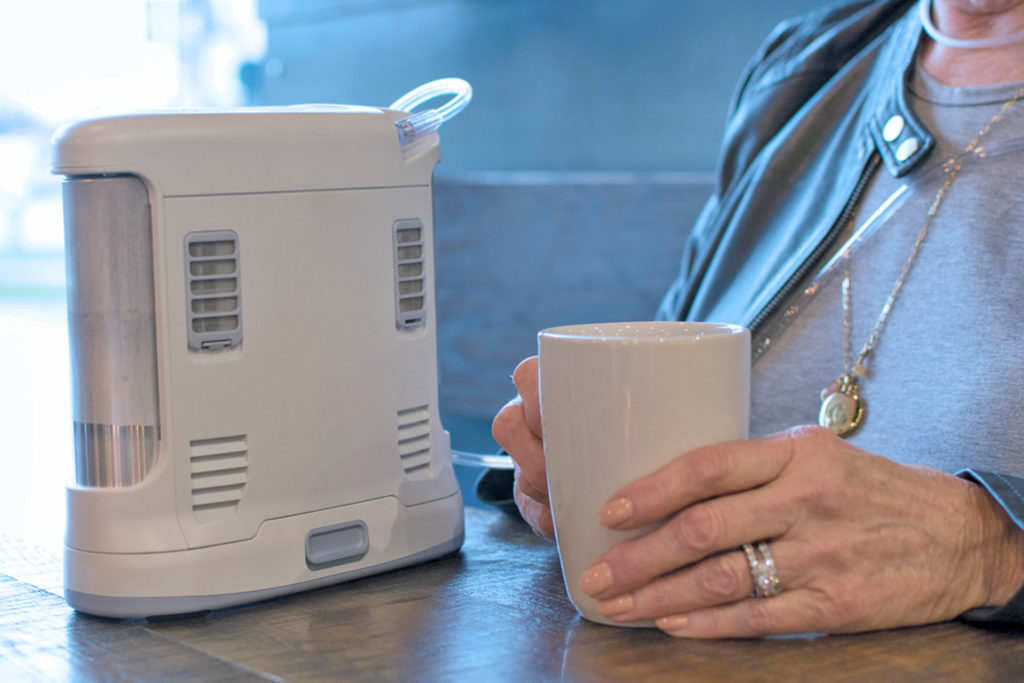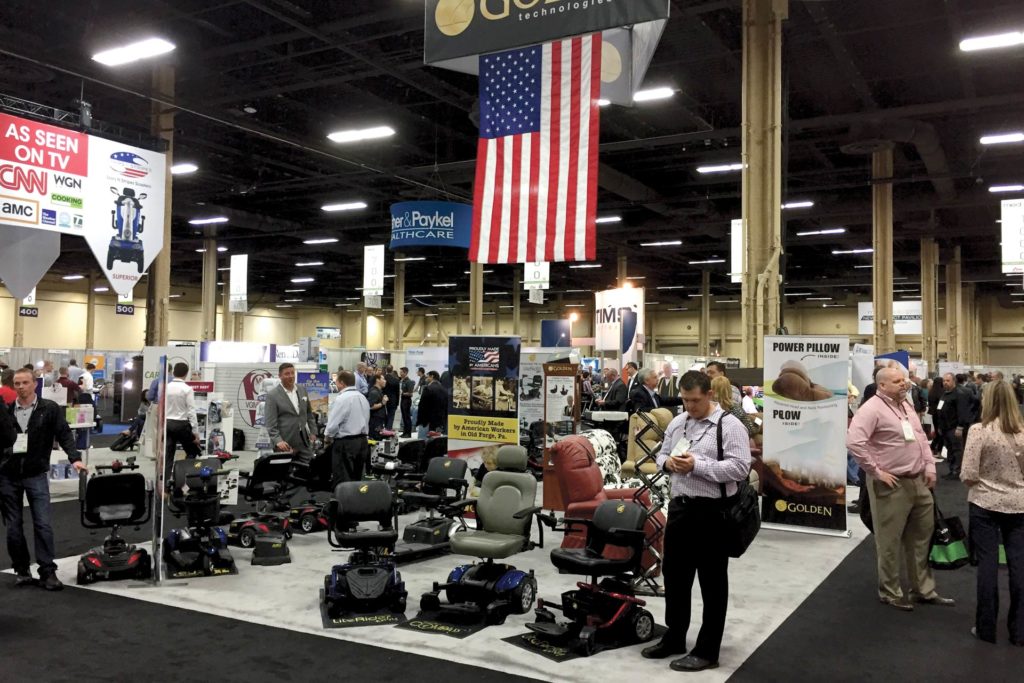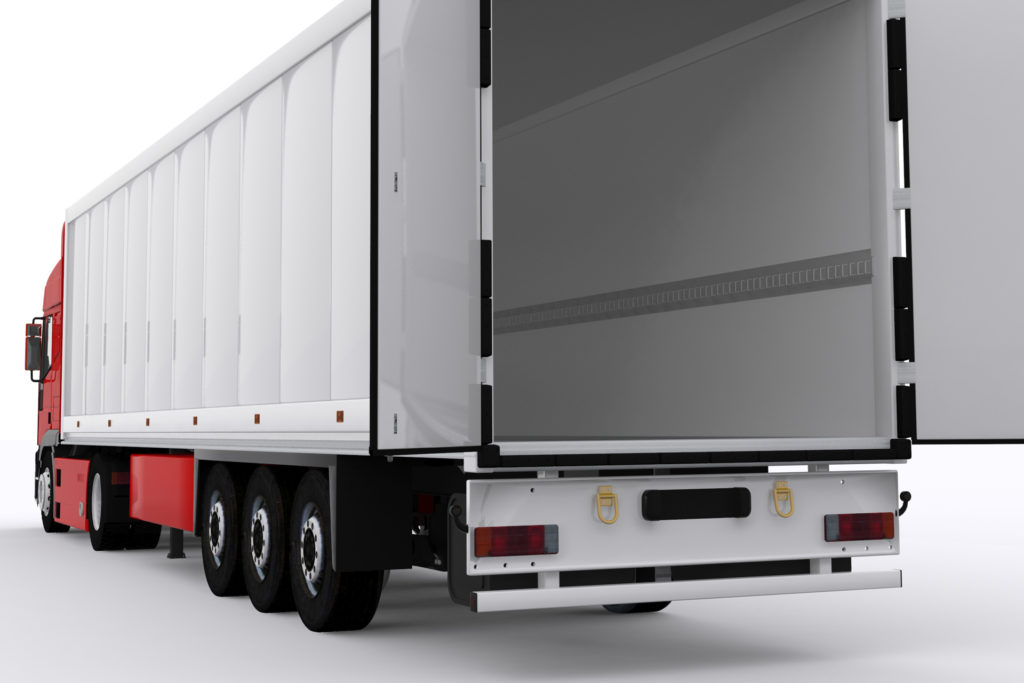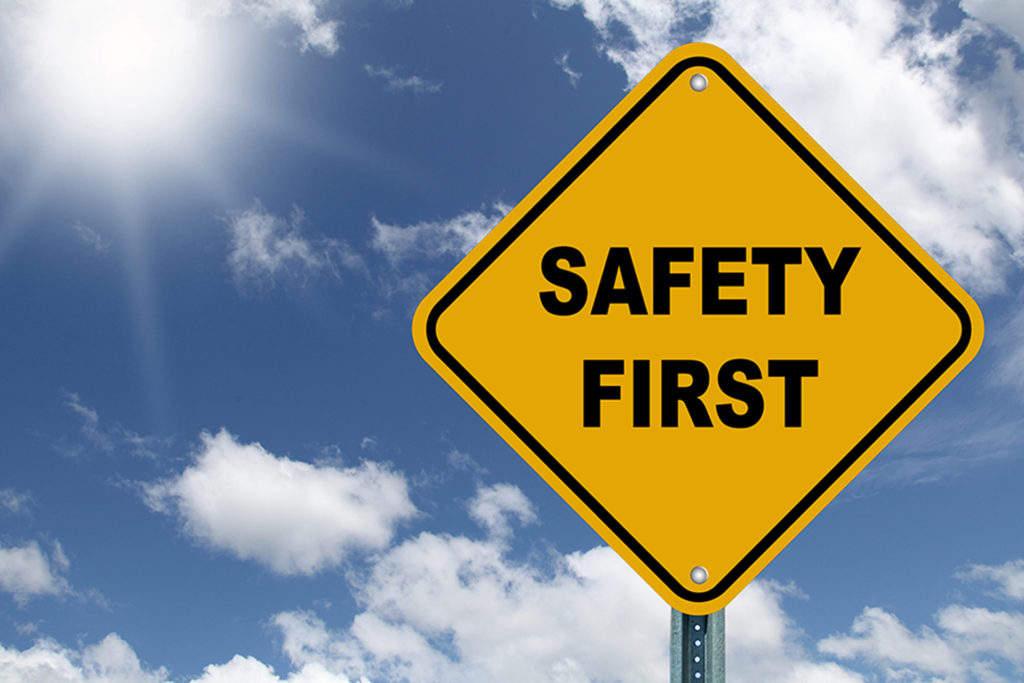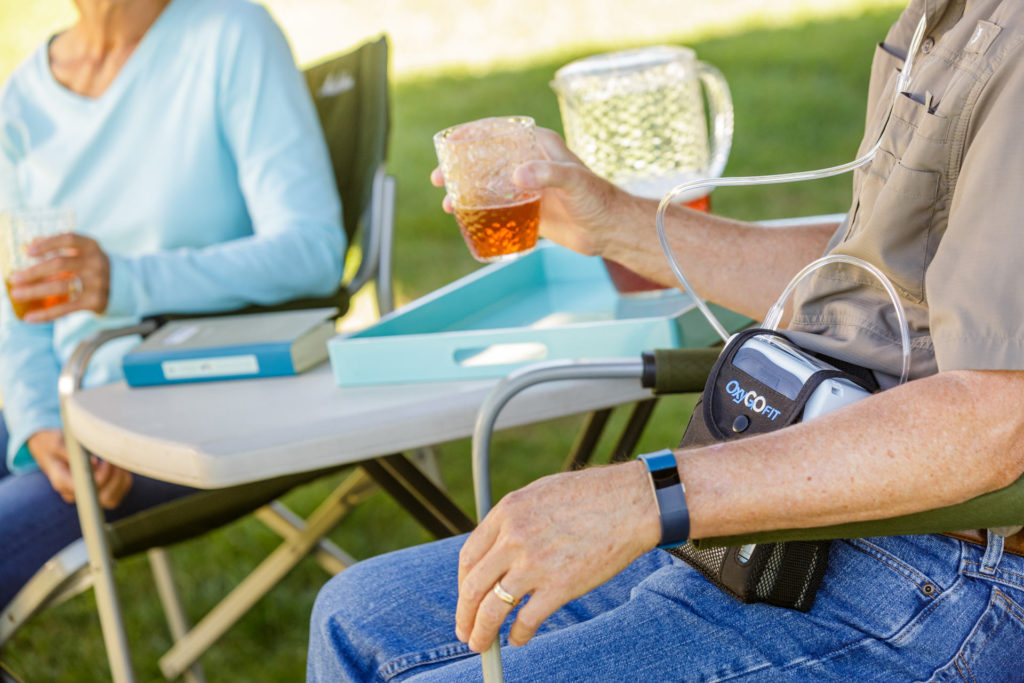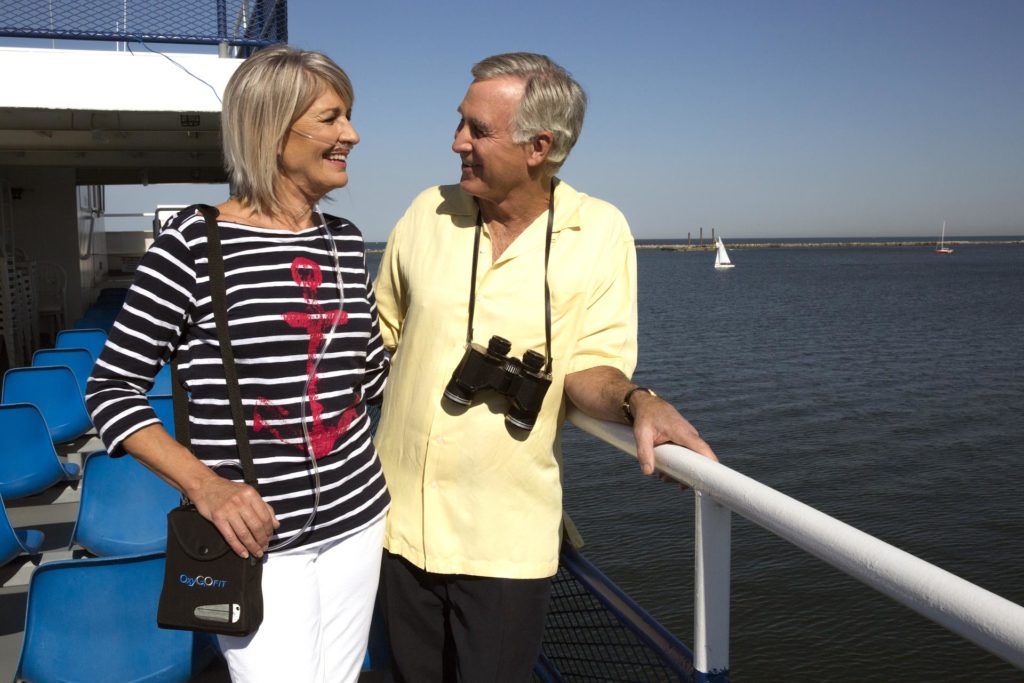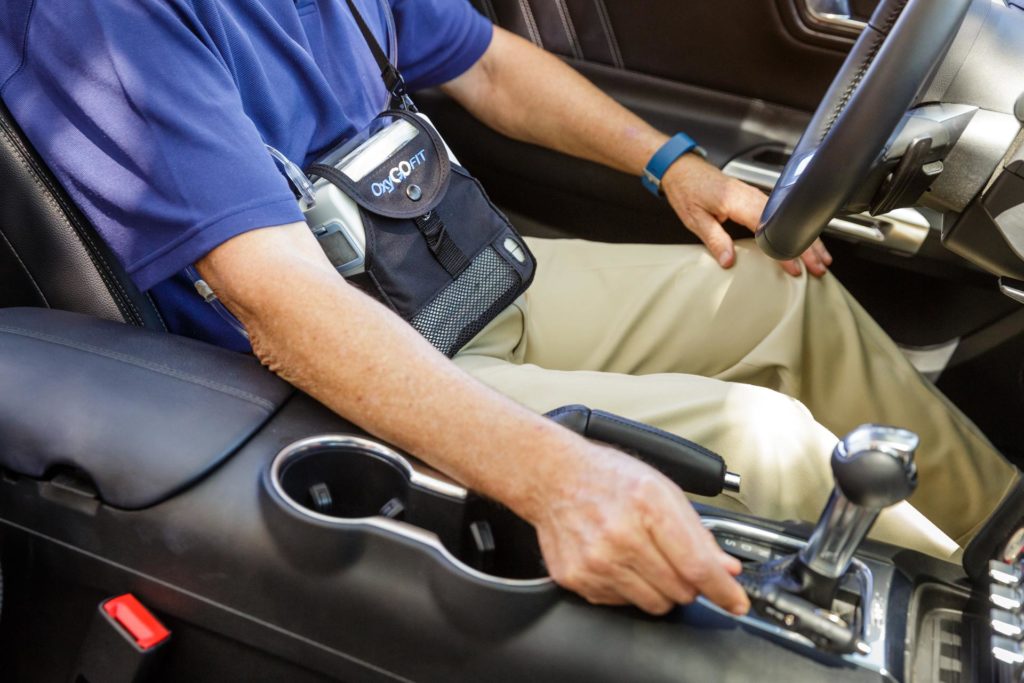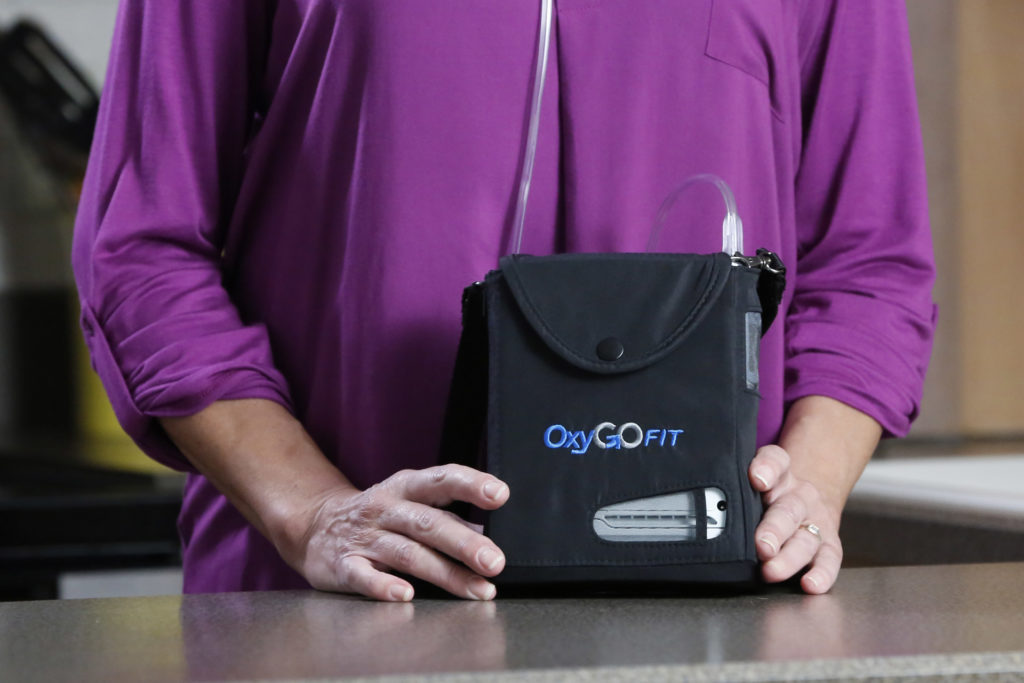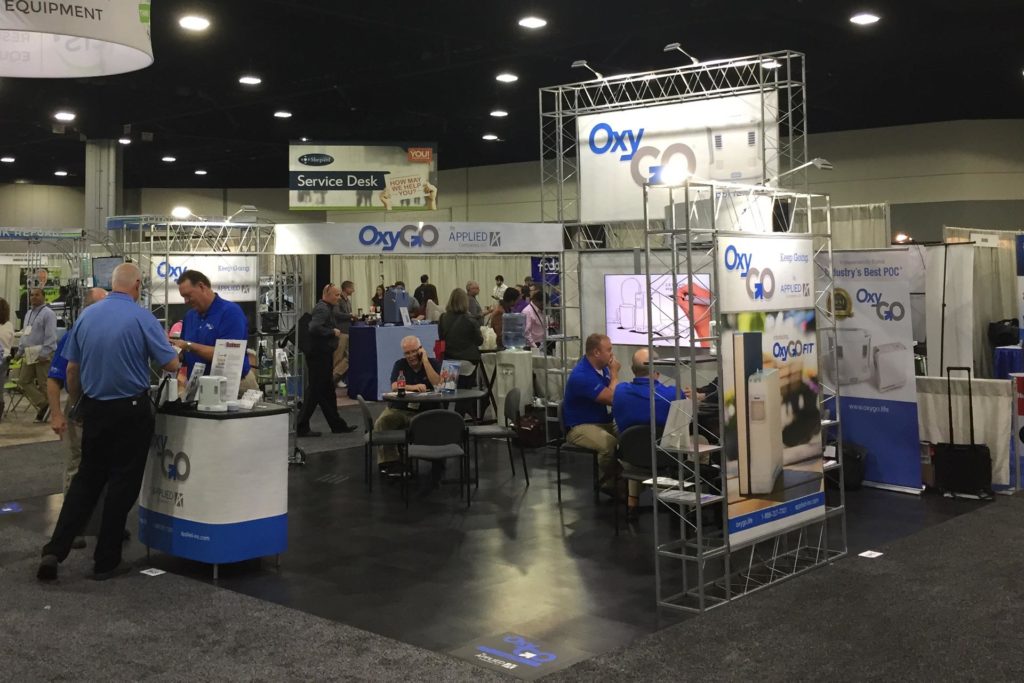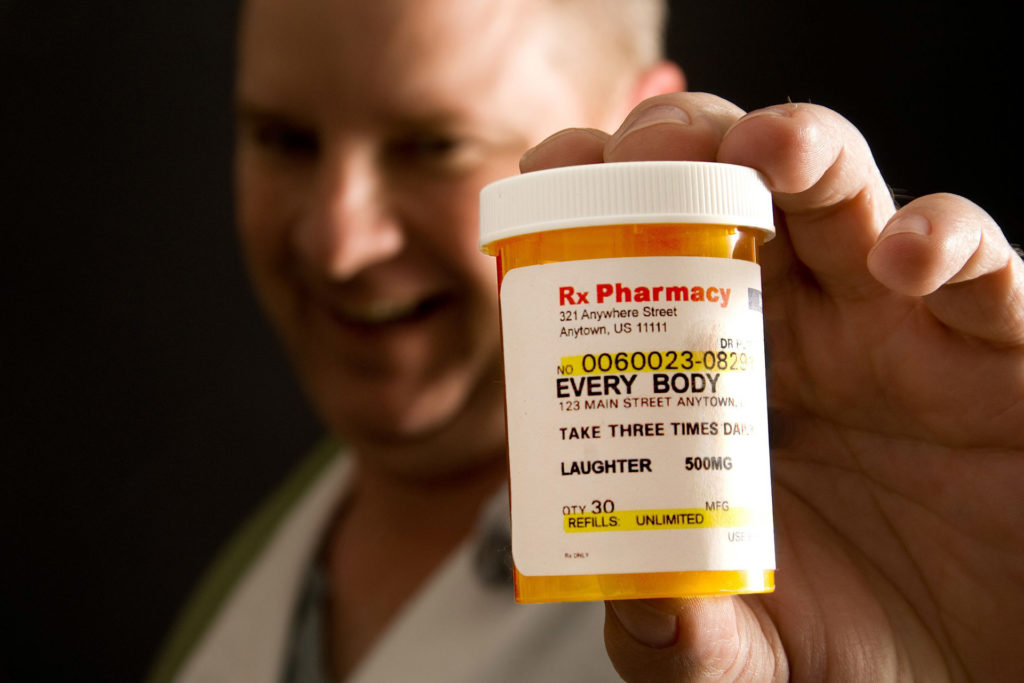Author: BRITTANY FICHTER
Applied Announces New FDA Drug Reporting Service
Applied Home Healthcare Equipment, a long-trusted resource for oxygen filling, technical and regulatory support for DME and HME providers, has announced the launch of their new drug reporting
Oxygen EXPO2 2021 - A Virtual Event
OxyGo, a company noted for providing high quality home healthcare oxygen products, announced that it will host its second annual Oxygen EXPO2. The EXPO2 will have sessions hosted by experts focused on the future of respiratory in the home health
Traveling with OxyGo NEXT!
Traveling with OxyGo NEXT is straightforward and simple. One reason is it so easy to travel with is because it meets all the Federal Aviation Administration (FAA) requirements for use onboard an airline. Tip: Check with Your Airline Before Your Flight It is important to note that all airlines have their own requirements when it comes to traveling with a POC. Prior to travel, you should check the website of the airline you are using, whether it's a large carrier or a small regional airline. On their website they will have a section on traveling with medical equipment. There you can find the forms you will need to prepare before your travels. This usually includes release forms from your physician for a prescription. Make Sure to Have Extra Batteries Generally, airlines require that you have 1 ½ times as much battery life as the length of the trip. With the OxyGo NEXT that's no worry! The extended battery life and effortless battery removal to switch to another battery means you can easily meet this requirement. Bluetooth Connectivity Another unique feature of the OxyGo NEXT is that it has Bluetooth connectivity that can be used with the My OxyGo App. This means you can troubleshoot, check battery life, oxygen purity and more with your unit all from your phone. This is especially helpful when traveling because you and your provider can see if there are any potential issues with the unit and reso
OxyGo Celebrates 5th Anniversary
FOR IMMEDIATE RELEASE: October 14, 2019 Orlando, FL: OxyGo LLC, a leader in the portable oxygen concentrator market celebrated their 5th anniversary this past Friday. In 2014 OxyGo launched its first portable oxygen concentrator, to meet the needs of today's portable oxygen patients. Five years later, OxyGo has three different units and has been rated the best POC for three years in a row by a Needham & Company report. “Five years ago, we entered a highly competitive market, but we knew we had something very different and special to offer,” said Victoria Marquard-Schultz, OxyGo, CEO. “Since then we have continued to make it our mission to provide patients as well as providers with the very best POCs on the market.”. OxyGo offers an original 5-setting concentrator, OxyGo FIT weighing only 2.8lbs, and OxyGo NEXT. The NEXT is the latest unit which came out this year and it is setting the standard for portable oxygen concentrators. At only 4.7 pounds, and with 6 flow settings, the OxyGo NEXT offers the highest oxygen output per pound of weight of any portable oxygen concentrators currently on the market. Other features include a long battery life of up to 13 hours with the optional double battery, access to the My OxyGo App, a large LCD screen, and is one of the quietest POCs on the market at 38 dB. OxyGo hosted a brand anniversary party to honor and thank the dedicated employees and vendors who have helped make OxyGo
Did you know? Home oxygen fires claim a life every four days in the US
The true death toll of home oxygen fires across the United States is likely to be higher than previous estimates by the National Fire Protection Association (NFPA), a new study – The prevalence and impact of home oxygen fires in the USA – has revealed. The study examines media reports of home oxygen fire incidents in the US between December 2017 and August 2019. It identifies news reports on 311 separate home oxygen fires over a 20-month period. These incidents resulted in a total of 164 deaths, 71 serious injuries, and 119 minor injuries, which amounts to more than one death every four days. Exploding cylinders are referenced in a third of all reported home oxygen fires, posing a significant risk to third parties, including the emergency services. In fact, 11 of the reported deaths were third parties including family members and other residents. A firefighter also fell victim to a home oxygen fire when a propane tank exploded. This new data points towards a material public health problem in the US. Home oxygen fires represent a much higher risk in the United States than the UK, where stakeholders work together to reduce risk and where the fitting of oxygen firebreaks (also known as thermal fuses) is mandatory. In fact, an American oxygen user is 10 times more likely to die in a home oxygen fire than in Japan, and 20 times more likely than in
Blog - Author: BRITTANY FICHTER
Author: BRITTANY FICHTER
Applied Announces New FDA Drug Reporting Service
Applied Home Healthcare Equipment, a long-trusted resource for oxygen filling, technical and regulatory support for DME and HME providers, has announced the launch of their new drug reporting
Oxygen EXPO2 2021 - A Virtual Event
OxyGo, a company noted for providing high quality home healthcare oxygen products, announced that it will host its second annual Oxygen EXPO2. The EXPO2 will have sessions hosted by experts focused on the future of respiratory in the home health
Traveling with OxyGo NEXT!
Traveling with OxyGo NEXT is straightforward and simple. One reason is it so easy to travel with is because it meets all the Federal Aviation Administration (FAA) requirements for use onboard an airline. Tip: Check with Your Airline Before Your Flight It is important to note that all airlines have their own requirements when it comes to traveling with a POC. Prior to travel, you should check the website of the airline you are using, whether it's a large carrier or a small regional airline. On their website they will have a section on traveling with medical equipment. There you can find the forms you will need to prepare before your travels. This usually includes release forms from your physician for a prescription. Make Sure to Have Extra Batteries Generally, airlines require that you have 1 ½ times as much battery life as the length of the trip. With the OxyGo NEXT that's no worry! The extended battery life and effortless battery removal to switch to another battery means you can easily meet this requirement. Bluetooth Connectivity Another unique feature of the OxyGo NEXT is that it has Bluetooth connectivity that can be used with the My OxyGo App. This means you can troubleshoot, check battery life, oxygen purity and more with your unit all from your phone. This is especially helpful when traveling because you and your provider can see if there are any potential issues with the unit and reso
OxyGo Celebrates 5th Anniversary
FOR IMMEDIATE RELEASE: October 14, 2019 Orlando, FL: OxyGo LLC, a leader in the portable oxygen concentrator market celebrated their 5th anniversary this past Friday. In 2014 OxyGo launched its first portable oxygen concentrator, to meet the needs of today's portable oxygen patients. Five years later, OxyGo has three different units and has been rated the best POC for three years in a row by a Needham & Company report. “Five years ago, we entered a highly competitive market, but we knew we had something very different and special to offer,” said Victoria Marquard-Schultz, OxyGo, CEO. “Since then we have continued to make it our mission to provide patients as well as providers with the very best POCs on the market.”. OxyGo offers an original 5-setting concentrator, OxyGo FIT weighing only 2.8lbs, and OxyGo NEXT. The NEXT is the latest unit which came out this year and it is setting the standard for portable oxygen concentrators. At only 4.7 pounds, and with 6 flow settings, the OxyGo NEXT offers the highest oxygen output per pound of weight of any portable oxygen concentrators currently on the market. Other features include a long battery life of up to 13 hours with the optional double battery, access to the My OxyGo App, a large LCD screen, and is one of the quietest POCs on the market at 38 dB. OxyGo hosted a brand anniversary party to honor and thank the dedicated employees and vendors who have helped make OxyGo
Did you know? Home oxygen fires claim a life every four days in the US
The true death toll of home oxygen fires across the United States is likely to be higher than previous estimates by the National Fire Protection Association (NFPA), a new study – The prevalence and impact of home oxygen fires in the USA – has revealed. The study examines media reports of home oxygen fire incidents in the US between December 2017 and August 2019. It identifies news reports on 311 separate home oxygen fires over a 20-month period. These incidents resulted in a total of 164 deaths, 71 serious injuries, and 119 minor injuries, which amounts to more than one death every four days. Exploding cylinders are referenced in a third of all reported home oxygen fires, posing a significant risk to third parties, including the emergency services. In fact, 11 of the reported deaths were third parties including family members and other residents. A firefighter also fell victim to a home oxygen fire when a propane tank exploded. This new data points towards a material public health problem in the US. Home oxygen fires represent a much higher risk in the United States than the UK, where stakeholders work together to reduce risk and where the fitting of oxygen firebreaks (also known as thermal fuses) is mandatory. In fact, an American oxygen user is 10 times more likely to die in a home oxygen fire than in Japan, and 20 times more likely than in



